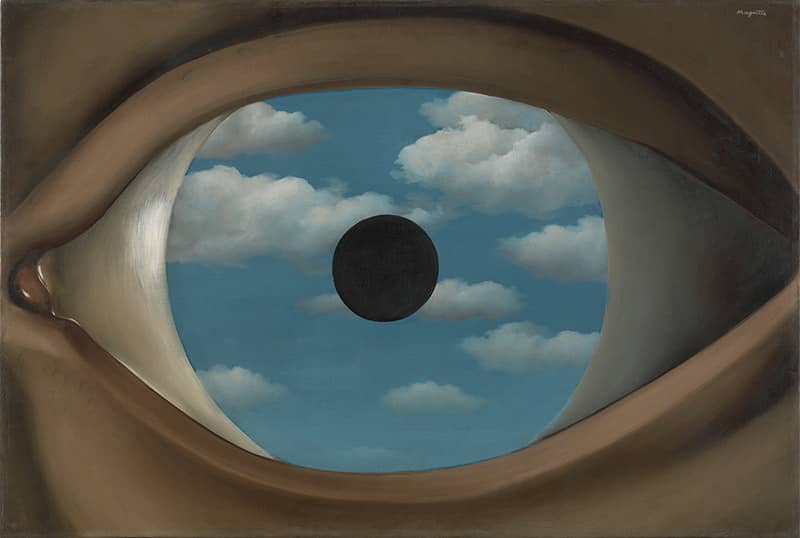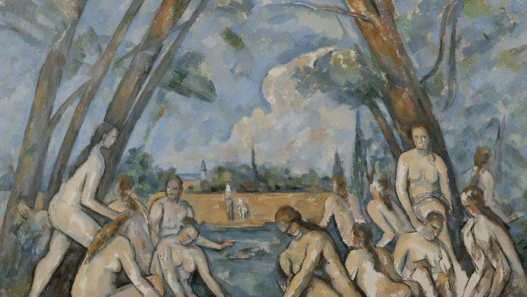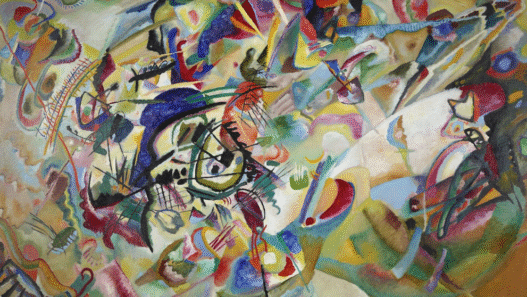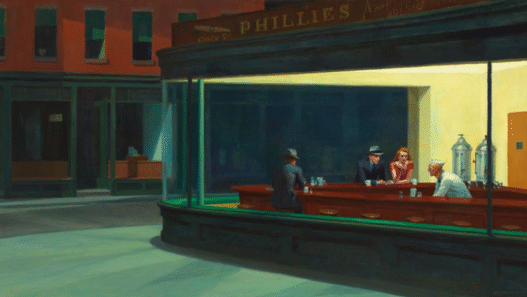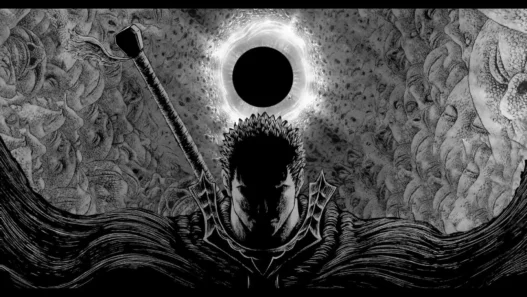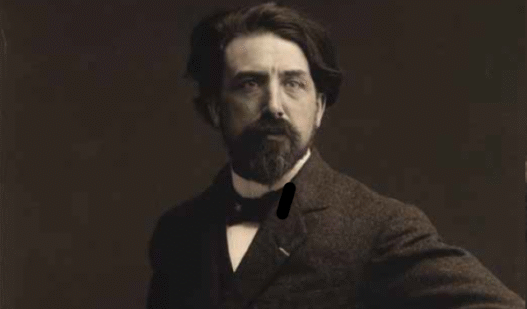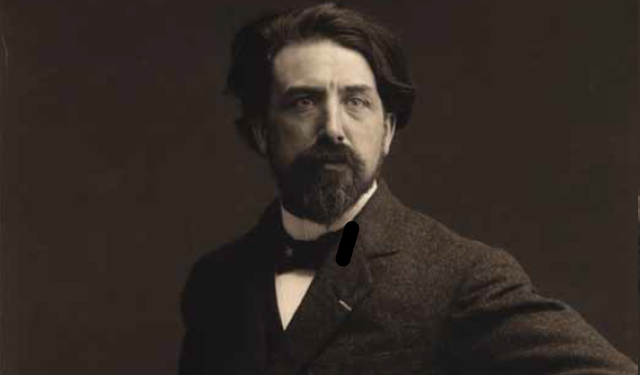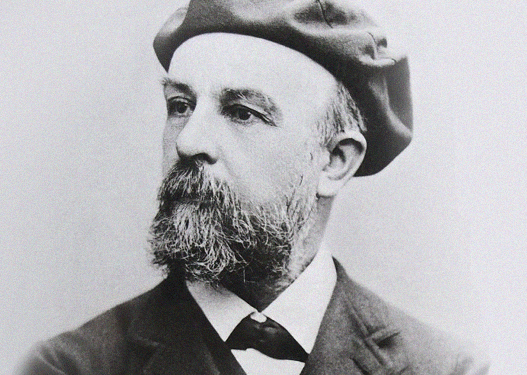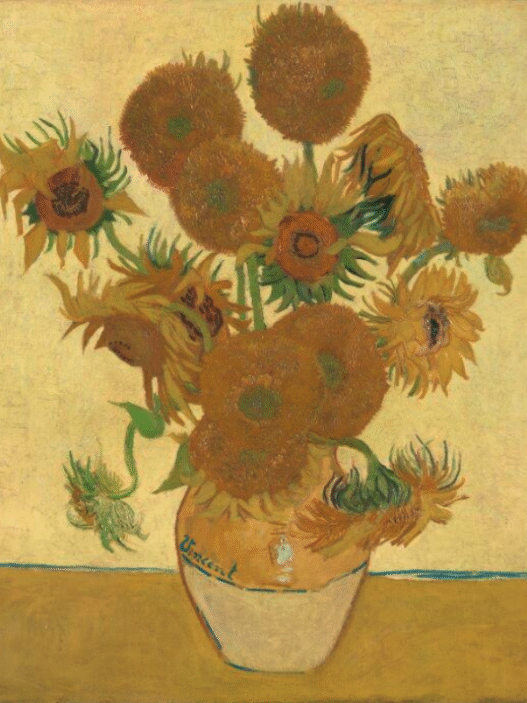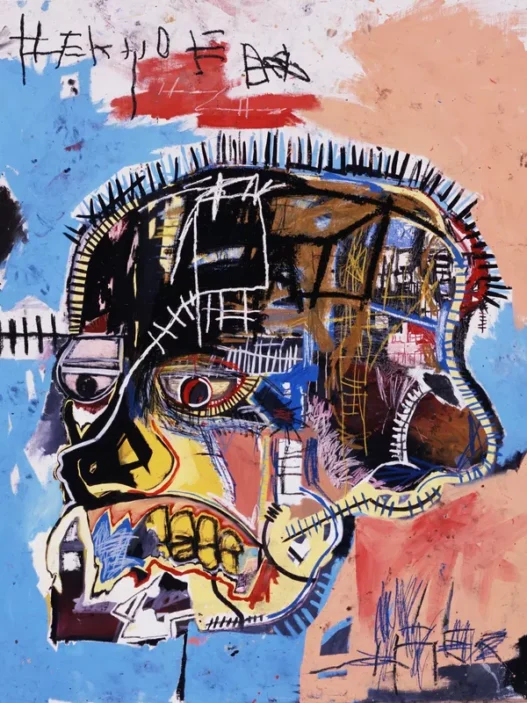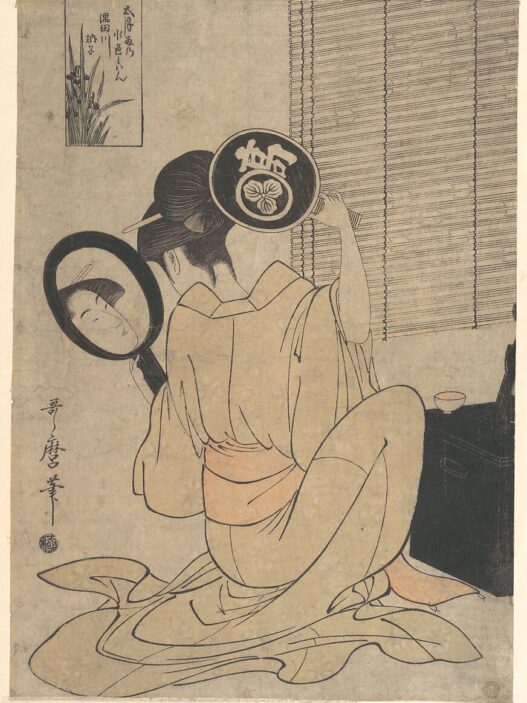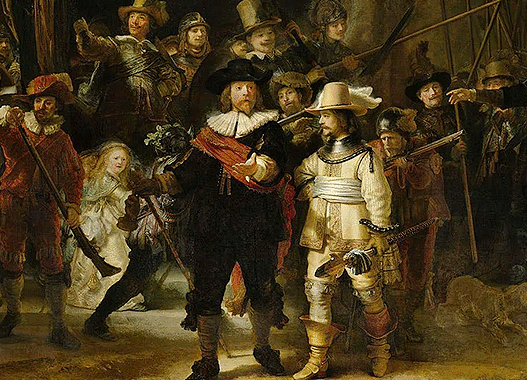Introduction
Jean Delville was a prominent artist of the late 19th and early 20th centuries. Yet, he remains an unsung hero in the world of Symbolism. This transformative movement aimed to express the mysterious and the subconscious.
In this exploration, we will delve into Delville’s inspirations. We will also trace the spark that began his artistic journey and see how he emerged as a true pioneer in Symbolist art.
Early Life and Inspirations
Jean Delville was born in a small French town in 1867. From a young age, he showed a deep love for art. He drew inspiration from the natural world and the mysterious realm of dreams.
When the Salon d’Art Idéaliste opened in Brussels in 1898, Jean Delville’s painting The School of Plato quickly captured public attention.
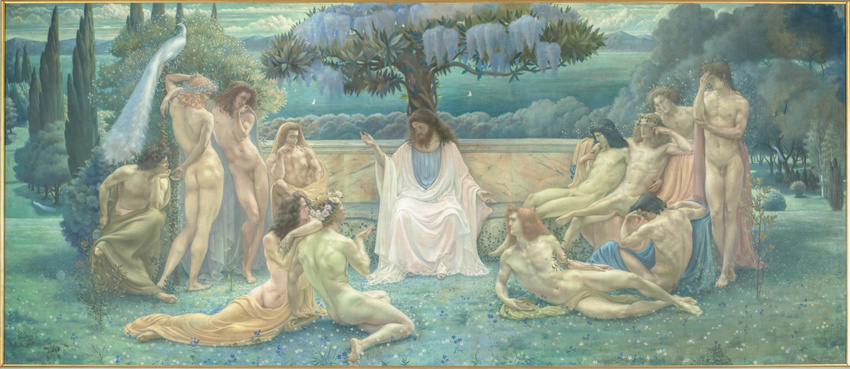
The painting quickly became the standout piece of the exhibition. It earned widespread praise from critics at the time. Many considered it one of Delville’s greatest achievements. Clearly, it marked a high point in his distinguished career.
Literature
Delville drew inspiration from Symbolist poets such as Baudelaire and Verlaine. Their writing stirred his desire to explore the emotional and metaphysical through art.
Through painting, he aimed to express the soul’s hidden truths. His canvas became a bridge between emotion and spiritual insight.
Artistic Journey
Jean Delville began his journey with traditional academic training. However, he soon realised that his true path lay elsewhere.
Realism felt limiting. Instead, he longed to explore fantasy, myth, and the supernatural. Through Symbolism, he could dive deep into the unconscious and express powerful inner visions.
Jean Delville a Pioneer of Symbolism
Embracing Symbolism as his artistic language, Jean Delville became a pioneer in the movement, daring to visualise the intangible and the surreal. With a palette that danced between vivid hues and ethereal shades, he crafted dreamlike landscapes, imbued with symbolic elements that resonated with the viewers’ emotions and imagination.
Themes and Symbolism
Throughout his body of work, Jean Delville often delved into themes such as love, death, and the human psyche.
His paintings were not mere representations of reality; they were portals to the subconscious, offering glimpses into the mysteries of the human soul. His use of symbols, such as moons, mirrors, and masks, conveyed hidden meanings and provided a powerful connection to the viewer’s innermost thoughts and feelings.
Greek mythology had a powerful influence on early Symbolist painters like Gustave Moreau and Odilon Redon.
These ancient stories provided a rich source of inspiration, filled with mystery, emotion, and deeper meaning.
Moreau often reimagined mythological figures such as Oedipus and Prometheus, using ornate detail and dramatic scenes to explore themes like fate and inner transformation. Redon took a more dreamlike approach, blending classical subjects with soft, surreal imagery to evoke a sense of the unknown.
Jean Delville also turned to Greek myth to express his spiritual ideas. In his painting Orpheus (1893) (pictured below), he presents the legendary musician as a symbol of artistic and mystical truth.
For Delville, Orpheus wasn’t just a mythological figure, he represented the artist as a visionary, bridging the world of the seen and unseen.
This blend of myth and meaning is at the heart of Symbolist art.
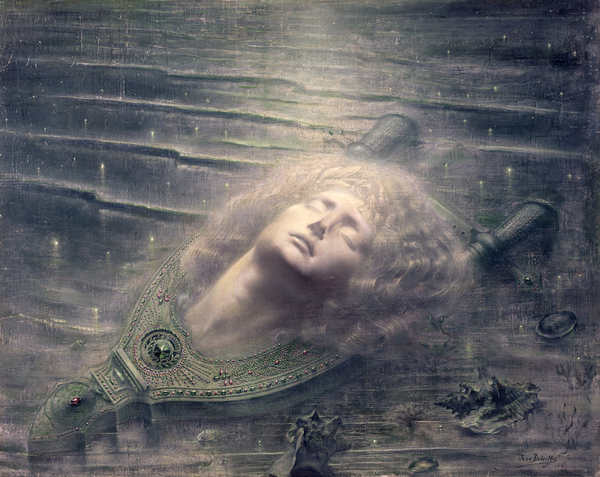
Legacy and Recognition
Despite being a visionary pioneer of Symbolism, Jean Delville’s work received limited recognition during his lifetime.
However, his legacy endured, influencing subsequent generations of artists who ventured into the realm of Symbolism and Surrealism.
Over time, his masterpieces have garnered greater appreciation for their profound exploration of the human condition and the poetic symbolism within them.
A Symbolist’s Lasting Impact
Jean Delville, a trailblazer in the world of Symbolism, embraced the mysteries of the subconscious and the ethereal beauty of the unseen.
This excellent article on The Spritiual Side of Jean Delville dives deeper into the origins and key figures behind this artistic shift.
His captivating artworks continue to inspire and captivate audiences, inviting them to explore the realms beyond reality and immerse themselves in the poetic symbolism of his visionary creations.
As we celebrate his unique contribution to the art world, let us reflect on the significance of embracing the intangible and allowing the soul to speak through the language of symbols.
